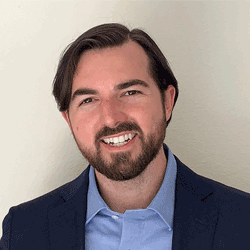Respondents across all stages of development ranked their key selection criteria similarly, especially among clinical-/commercial-stage respondents who indicated very similar importance ranking of criteria. Technical and regulatory expertise were clearly ranked as top priorities, which may speak to the level of support required when designing/progressing cell therapy assets. Of note, preclinical-stage companies expressed greater interest in regulatory expertise than did their clinical-/commercial-stage counterparts, which may be driven by a lack of in-house capabilities or regulatory obstacles when transitioning to their first in-human studies.
Respondents confirmed a trend toward multisourcing CDMOs, with approximately 45% using multiple CDMOs to build redundancies into their supply chain or to leverage different CDMO offerings. Later-stage developers use multisourcing to mitigate supply chain disruptions and ensure consistent product, whereas earlier-stage developers typically seek a wider set of capabilities in CDMOs (e.g., sourcing for viral vector or plasmid manufacturing). Many respondents currently using a sole CDMO acknowledged their risk exposure and are actively seeking support from an additional CDMO.
Given the influx of new entrants over the past couple of years, we gauged market awareness of players in the CDMO landscape (see Figure 8). Over 60% of respondents were aware of Charles River, Lonza, WuXi Advanced Therapies, Fujifilm and Catalent. A total of 20%-30% of respondents were aware of a second set of players such as ElevateBio, KBI Biopharma, Resilience, AGC Biologics and Catapult, and <10% of respondents acknowledged a third set including Cellex, Minaris, Cellipont, the Center for Breakthrough Medicines, Celonic, Kincell and Roslin.

















